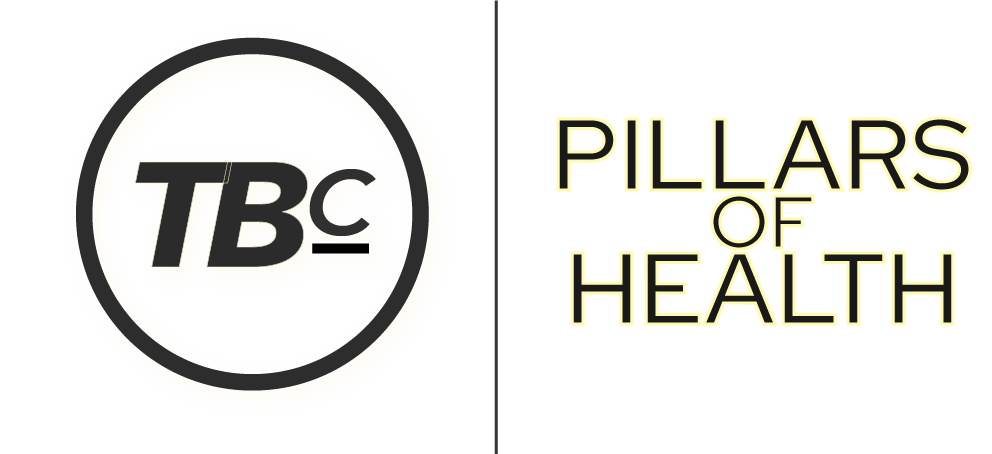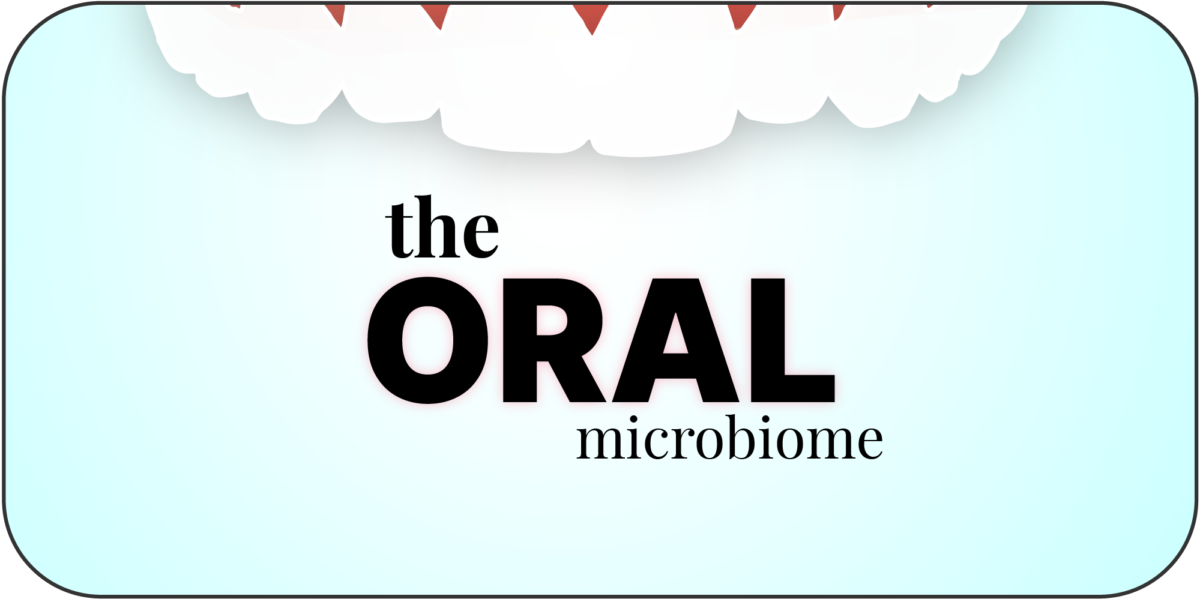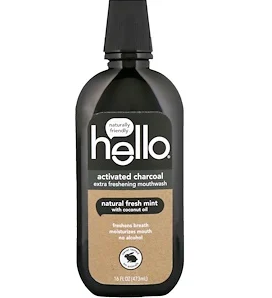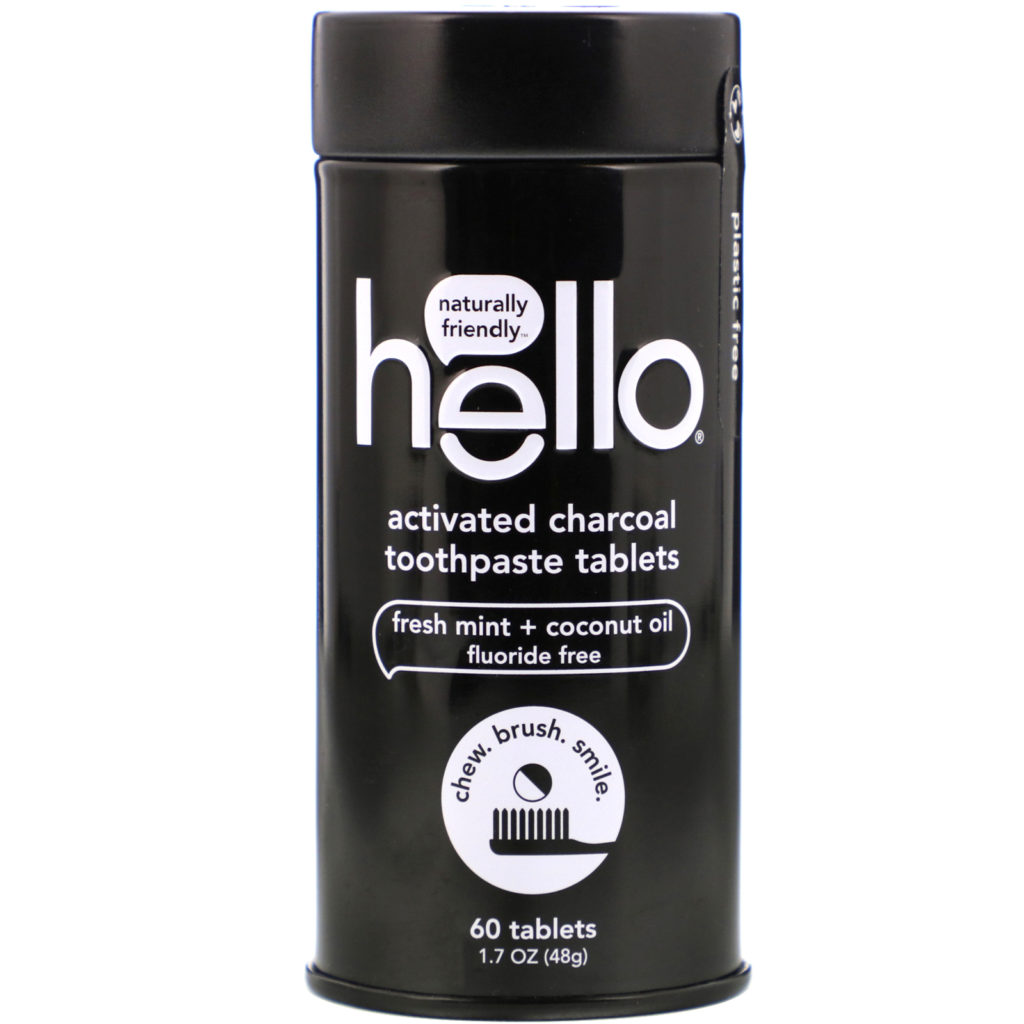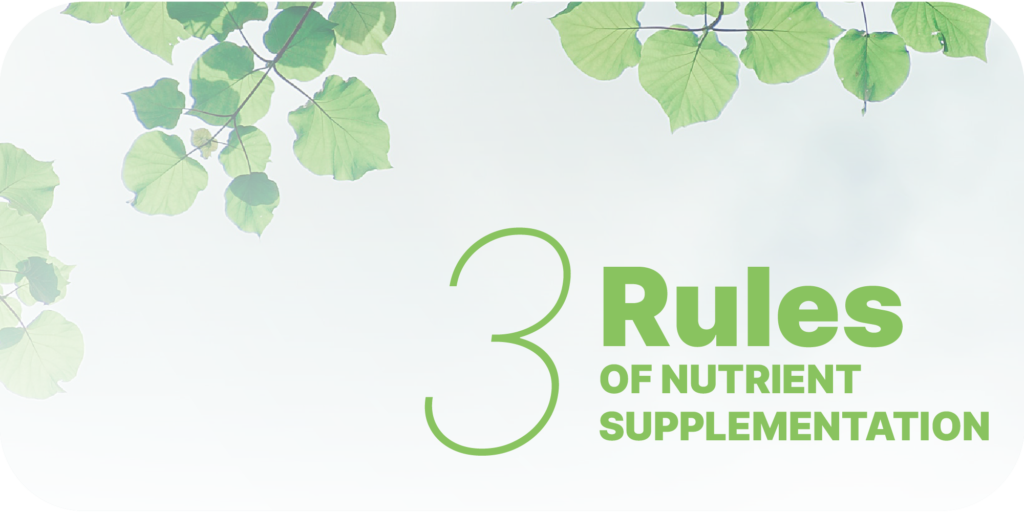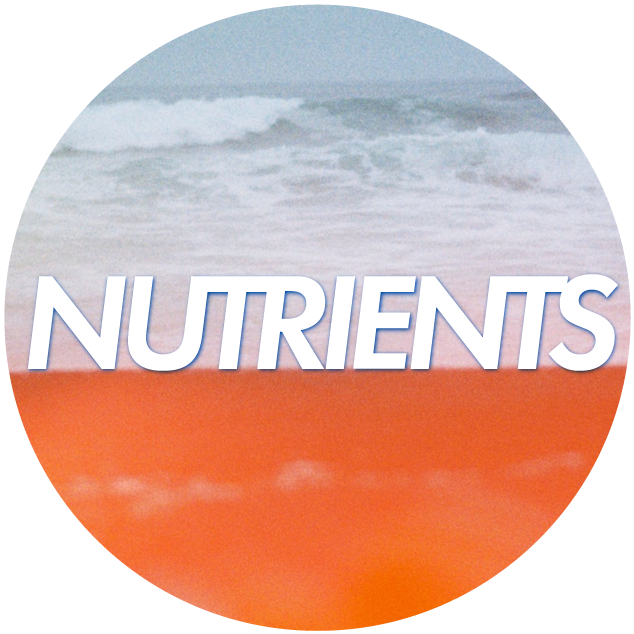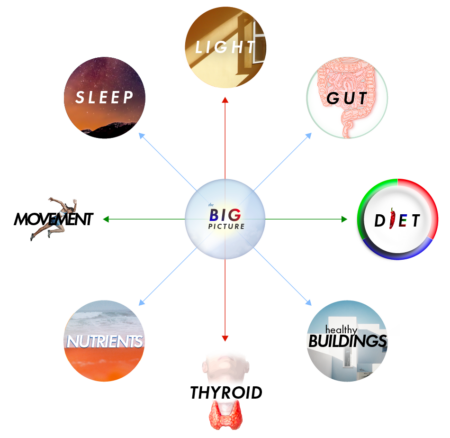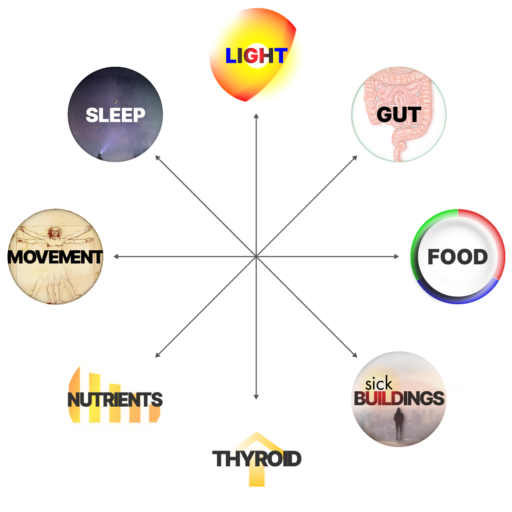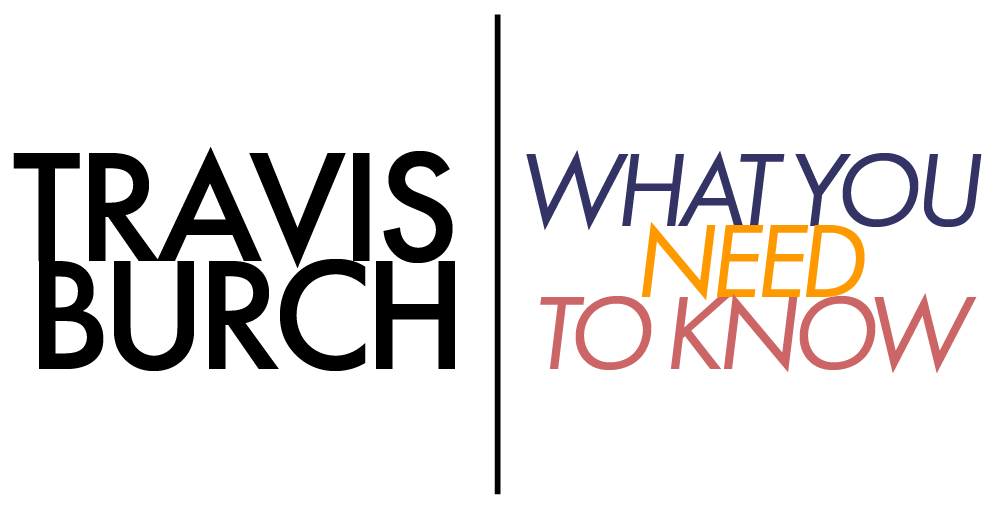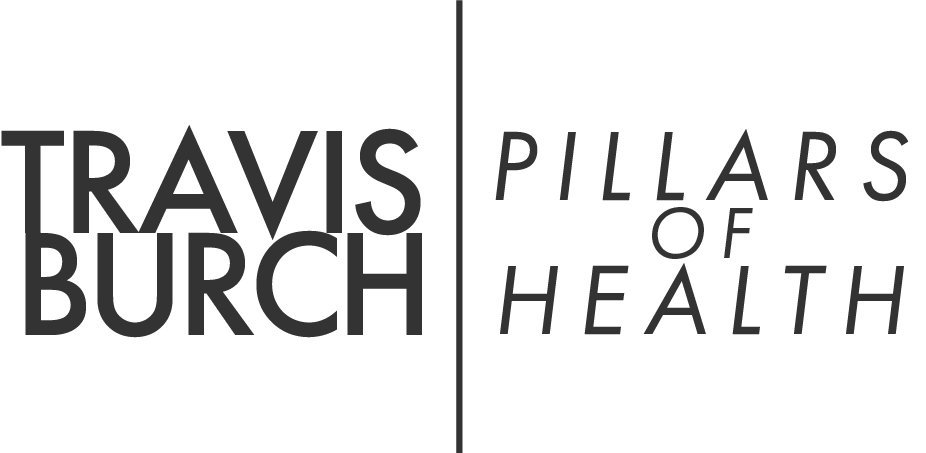On one hand, the gut microbiome enjoys recognition as the primary hub of the body’s microbiome.
After all, each of the body’s different microbiomes — the mouth, nose, ears, throat, stomach, skin, and vagina — are all directly influenced by the microbes that live in the gut.
However, as important as the gut microbiome is, it’s deeply influenced by another microbiome: the oral microbiome.
Gateway to the Gut
The mouth is the primary entry point for all microbes that enter the body.
Seeing that the mouth is moist, exposed to the air, and rich with nutrients, it should be no surprise that the mouth’s microbiome is rich and diverse — brimming with microbial life at all times.
The oral cavity has the second largest and diverse microbiota after the gut, harboring over 700 species of bacteria.
https://www.ncbi.nlm.nih.gov/pmc/articles/PMC6503789/
It’s not just bacteria, too. Viruses and fungi are also present in the mouth and, quite often, strong pathogens such as protozoa.
Each day, trillions of microbes are swallowed — directly influencing the microbial populations in the gut.
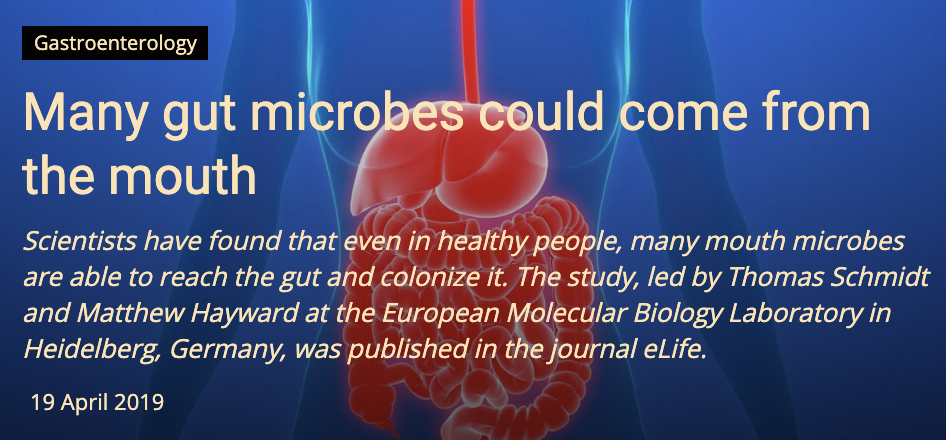
This daily exposure to endless microbes can overwhelm a weak immune system and populate the gut with hostile microbes.
The Entire Body Is Affected
Left unchecked, microbes in the mouth can chronically activate the immune response — leading to system-wide inflammation in the body and even many systemic diseases:
https://www.sciencedirect.com/science/article/pii/S2213453018301642

These oral microbes create acids to ward off other species of microbe. However, the mouth’s immune response to oral microbes is to create acids that are much more damaging to the teeth (and fillings) than the pathogens’ own acids. Therefore, a mouth full of unchecked microbes will lead to disastrous tooth decay.
The ongoing presence of stubborn pathogens in the mouth creates a toxic sequence of events that inflames the body, rots the teeth, and, ultimately, leads to systemic disease. Microbes enter the bloodstream via the gums and then travel all around the body, activating the immune system and causing inflammation.
A pernicious cycle develops over time as infection, inflammation, dental decay all cause each other, creating compounding symptoms and disease states.

A Potential Weak Link
The teeth, themselves, can be fragile in youth as well as in aging.
But, it’s often overlooked that teeth are especially vulnerable in chronic illness.
Dental plaque and the surface of the tongue are among the densest microbial habitats on Earth. Bacteria are pretty much wall to wall in there.
https://www.smithsonianmag.com/science-nature/studying-mouth-bacteria-scientists-hope-learn-secrets-microbiomes-180973509/
Decaying, damaged, or poorly repaired teeth represent an opportunity for microbes to hide, reside, and thrive indefinitely.
When the body is weak, teeth can become both shelter and food for pathogens. Decaying, weak teeth are a source of nutrients for microbes.
The Path Forward
To give the body its best chance for health, recovery, and longevity, it’s important for the following steps to occur:
When oral health has suffered, it’s important to protect and improve the mouth’s microbiome throughout the day, every day.
It’s not common to clean one’s teeth after every meal.
However, in chronic illness and aging, it’s critical to do just that.
Of course, it isn’t always convenient to brush your teeth after each meal and snack. But it can be very easy to rinse and swish for 60 seconds (or longer) — almost anywhere you go.
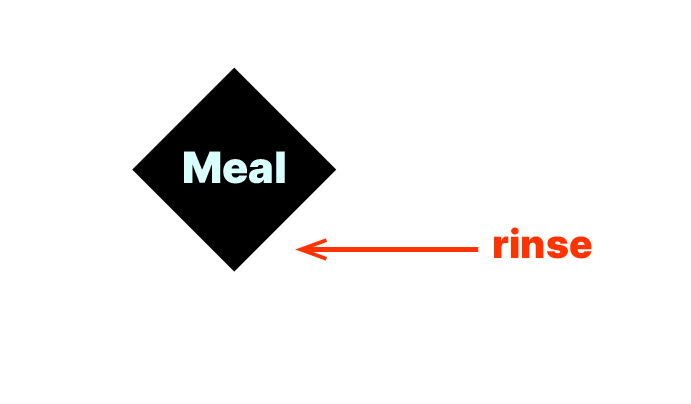
A small, travel-size bottle of tooth powder can be a gamechanger, leaving you always ready to clean your mouth after you eat.
Tooth Powder
Rather than leaving the mouth coated with food particles — which feed and grow microbes — a good tooth powder refreshes, sanitizes, and even repopulates, depressing microbial activity in the mouth and, in the case of this product, replenishing with a strain of beneficial bacteria.
If we can’t fully remove all food particles from the mouth — which is only possible via brushing and flossing — we must keep the microbial activity in the mouth suppressed until we can fully clean the teeth, tongue, gums, and other oral surfaces.
A quality tooth powder is, essentially, an all-natural toothpaste with solid ingredients including antimicrobial herbal extracts, Vitamin D, minerals, and even oral probiotics.
It’s good to keep a bottle in the car, at work, and perhaps in a few places around the house (such as the kitchen), where having the ability to quickly clean the mouth might prove useful.
Rinse After Snacks, Too
Keep a tooth powder bottle handy — in your purse, car, or desk at work — so you can rinse and swish after snacks, too.
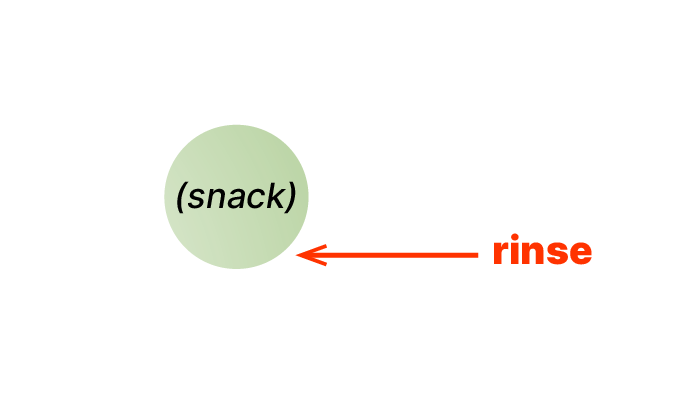
A snack can introduce just as much organic matter into the oral cavity as a full meal.
Rinsing and swishing isn’t as effective as fully brushing and flossing — but it can protect the enamel from microbial fermentation of your food, and limit the need for an immune response in your gums (which is incredibly damaging to teeth).
Cleaning Throughout the Day
With a bottle of tooth powder nearby, we can easily swish and rinse following all meals and snacks, anytime.

You can also create your own mouth rinse using charcoal, ozone, essential oils, and other compounds — as we’ll discuss further.
Swish for 1-5 minutes after each meal or snack.
Before bed, combine multiple steps to thoroughly remove all lodged food, plaque, and microbial biofilms from the mouth.
Three Steps For An Effective Evening Routine
An evening routine can be additionally be used in the morning, though it shouldn’t be a replacement for the evening.
It’s easy to forget about flossing — but it’s the only way to remove trapped food particles and plaque in between the teeth.
Floss before brushing the teeth. Be gentle on the gums while flossing — don’t overdo it by causing damage to already-inflammed tissues.
Brushing further scrubs away microbial biofilms, plaque, and food particles.
It’s important to scrub the tongue, gums, roof of the mouth and inside of the cheeks with the toothbrush.
Then brush with tooth powder or your favorite toothpaste.
You can both rinse and brush with these amazing, amazing tooth powders.
Essential oils and mouthwash discourage microbial activity throughout the mouth.
In fact, they are shown to be as antimicrobial as fluoride when topically applied. Essential oils are a main reason Listerine is so antimicrobial (although the drying-effect of alcohol in Listerine makes it a subpar choice, long-term).
This antimicrobial effect seems to last for some time in the mouth, giving the immune system a breather and making life hostile for opportunistic pathogens. Essential oils even penetrate the gums and gumline, helping sanitize deep into the tissues of the mouth.
There is considerable evidence that essential oils have potential to be developed as preventive or therapeutic agents for various oral diseases.
https://www.ncbi.nlm.nih.gov/pmc/articles/PMC4606594/
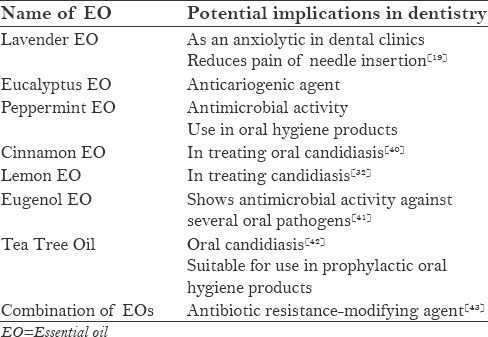
After brushing the teeth:
- Apply 1-2 drops of oil to toothbrush, or apply to the gums with finger.
- Brush and/or swish for a moment, then spit out.
- Do not aggressively rinse, let a hint of the essential oils to keep refreshing the mouth.
Some essential oils (clove, neem) are renowned for improving dental health, as well as for having some therapeutic value in a dental crisis.
Many mouthwash products include questionable ingredients, such as carrageenan or glycerin, which are purported to counteract other positive effects of the product.
3
Charcoal
Exceptional for swishing. But for Brushing?
Charcoal is becoming an extremely popular ingredient for oral health. It’s quite effective for polishing and removing stains on the teeth.
This is, in part, because charcoal has a strong negative charge, enabling it to remove plaque (which is positively-charged) from the negatively-charged teeth.
Charcoal is also antimicrobial and adsorptive, meaning it readily soaks up anything it comes into contact with in the mouth: endotoxins, tartar, and pathogens.
However, there is little evidence demonstrating that charcoal is safe for regular brushing — and some health professionals worry that prolonged brushing with charcoal might erode enamel.
Therefore it’s most likely best to use charcoal only as a mouthwash — swishing after meals or at night during the evening routine.
The good news, charcoal is incredibly effective when being used exclusively as a rinse — without brushing.
Enhancing With Charcoal
Upgrade your nightly routine by creating your own charcoal powder. Consider adding other powdered ingredients.
Powders to include in a charcoal rinse:
- Neem powder — antimicrobial, antioxidant
- Sea salt — antimicrobial, reduces acidity
- Xylitol — antimicrobial (also sweetens)
- Erythritol — antimicrobial (even more effective than xylitol)
Pre-Made Charcoal Products
4
Fluoride?
On one hand, it’s certainly possible that fluoride is likely harmful to internal bodily tissues, potentially leading to calcification of joints and flesh among other problems — including promoting the accumulation of heavy metals in humans and disruption of bird habitats around lakes.
On the other hand, fluoride is also incredibly antimicrobial against microbes in the mouth. Fluoride disrupts pathogens’ enzyme receptors and weakens microbes’ resistance to acids.
Is there a difference between drinking — ingesting via tap water — fluoride into the body (with its effects on the gut microbiome, joints and tissues)…
…and applying it topically in the mouth?
After nearly a decade of personally avoiding fluoride in both drinking water and oral products, I now consider that it might be a good idea to use a fluoride rinse 1-2x/week, simply to boost hostility of the mouth toward pathogens. It can also strengthen enamel in the right doses (daily or weekly topical applications, not drinking).
Fluoride may not be a make-or-break ingredient for your mouth health. But it’s nice to have a safer way to take advantage of its benefits (topical swishing rather than drinking it in tap water) without incurring too much risk.
A glass of city water usually has about the same amount of fluoride as a small serving of fluoride toothpaste.
Fluoride may not be necessary for optimal oral health — if you’re willing to put in extra work. Remember, many essential oils are just as antimicrobial as fluoride.
If you do wish to use fluoride topically (rather than ingesting it), it can most likely be done safely, even if only used as a rinse several nights per week.
If Desired, swish 1-2x/week for 30 seconds to increase hostility against microbes in the mouth.
Ozone is rapidly becoming a component of holistic dentistry.
Dental ozone use has a good amount of preliminary research into its clinical efficacy. Consider this passage from a 2019 study:
Show quote
“Healthy cells contain antioxidants such as vitamins C and E to protect against ozone oxidization. However, pathogens such as bacteria contain very trace amounts of antioxidants in their membranes, which make them susceptible to ozone and destroy the cell membrane. This review explores the history, composition, and use of ozone worldwide in dentistry. Ozone therapy has thus far been utilized with wound healing, dental caries, oral lichen planus, gingivitis and periodontitis, halitosis, osteonecrosis of the jaw, post-surgical pain, plaque and biofilms, root canals, dentin hypersensitivity, temporomandibular joint disorders, and teeth whitening. The utility of ozone will undoubtedly grow if studies continue to show positive outcomes in an increasing number of dental conditions.”
https://www.ncbi.nlm.nih.gov/pmc/articles/PMC6779001/
At the dentist’s office, several methods exist for applying ozone to the teeth and gums, but the most typical is insufflation where ozone gas is applied to the dental arch.
Ozone is also sometimes injected into cavitations — abscesses which can result from infected tooth extractions.
Ozonated Water
Ozonated water can be made in minutes with a specialized ozone generator.
Freshly prepared ozonated water showed a statistically significant reduction in [Mutans Streptococci] counts after an interval of 7 days and 14 days when compared to Chlorhexidine.
https://www.ncbi.nlm.nih.gov/pmc/articles/PMC5583811/
The standard for killing most microbes is 0.3 ppm ozone with 3 minutes of exposure — although this standard varies based on the smoothness of a surface.
Swishing with ozonated water makes an excellent additional step in any evening routine.
Ozonate water for 3-5 minutes in a glass. Then, swish in the mouth for 2-3 minutes.
Oil pulling produces excellent results for some people but consistency and time is required.
Several studies demonstrate that oil pulling does, in fact, have some antimicrobial properties.
Show quote From Study
“Their study observed 20% reduction in bacterial count upon 40 days of oil pulling using sesame oil. Also they observed reductions in the severity of dental caries.”
“The study observed 50% decreases in gingival and plaque indices after four weeks.”https://www.ncbi.nlm.nih.gov/pmc/articles/PMC5198813/?fbclid=IwAR1ur-gxBR6M02_Yq0-nplx32GS8DDT68PCk-vHvy7B7bt2h0tDlToNkrrw
“Oil pulling generates antioxidants which damage the cell wall of microorganisms and kill them.”
When oil mixes with saliva it emulsifies and produces some compounds with saponification properties — also known as soap.
Therefore, there’s no reason not to oil pull as often as is convenient, even if the toxin-removal effects are only limited (we really don’t know one way or the other).
Be sure to spit into a trash can instead of the sink.
Oil pulling can be augmented by including a drop of gum oil in the mixture.
This ozonated oil is fantastic for the mouth — it leaves the mouth feeling clean and fresh, even through the night.
The effects are most likely due to the presence of the essential oil and the ozone as much as the oil.
Swish olive oil or coconut oil for 5-10 minutes. Add essential oils (1-2 drops) to the mixture as desired.
It’s important to replace your toothbrush (or electric brush head) very frequently — every 2-3 months, minimum.
It doesn’t make sense to reduce pathogenic presence in the mouth, only to reintroduce it with each brushing.
Cleaning A Toothbrush
To reduce microbial life on your toothbrush, soak it once per week for about 10-20 minutes in one of the following solutions:
- Hydrogen peroxide
- Listerine
- Ozonated water
A toothbrush should still be replaced on time, even with regular weekly sterilization.
Clean toothbrush weekly. Replace Every few months.
The health of the mouth is a key component of gut health as well as the function of the entire body.
Oral and dental health commonly suffers in chronic illness and aging.
In both scenarios, it is imperative to support the body’s immune system by continually improving the microbial health of the mouth — to keep it clean.
RECAP: The steps for sustainably improving oral health
Nutrients For Oral Health
The fat-soluble vitamins are vital to the health of the teeth and gums, as is Vitamin C.
Minerals are also foundational to the health of the teeth, and as with all nutrients, they must be in balance with each other as well.
It’s important to understand how to obtain these nutrients in a balanced and thoughtful way. Overnutrition and imbalance can be just as detrimental as nutrient deficiency.
Read more.
Dental Professionals
Of course, dental professionals and regular checkups are entirely necessary to fix any broken teeth, dental fillings or prosthetics.
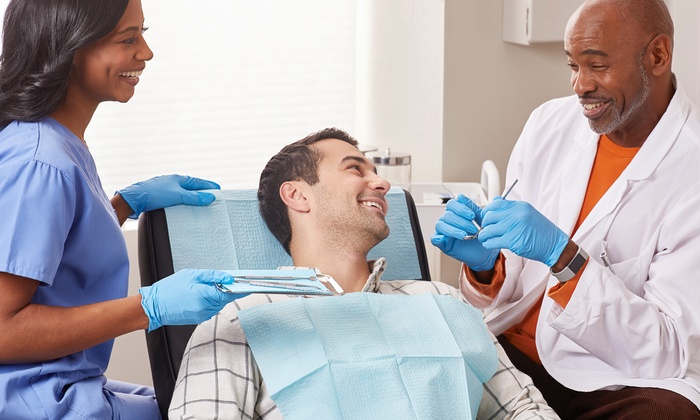
Root canals essentially leave dead material inside the mouth, and as such is very prone to rotting. Decay indicates the presence of pathogens — always — and this means infection and illness.
Because microbes and pathogens so easily work their way inside existing dental work it is paramount to diligently keep the mouth exceptionally clean.
Ask pertinent questions of your dental providers. Respectfully get a feel for their competence. Improperly installed dental work can lead to infectious issues down the road — and all the chronic diseases that come with infection.

(click to return to home page)
Related Articles

Why ‘Nobody’ Believes the Mold Sufferer
If there were a battle hymn of the mold sufferer, it would be titled: “Why Does Nobody Believe Me?”

An Exercise for Dealing With Loved Ones We Disagree With
An 11-question inventory for furthering relationships.

What I Do (New: 7-15-2023)
Here’s what I’m currently doing to improve my health.

‘Sensitization’ = Environmental Illness?
An introduction to environmental sensitivities.
